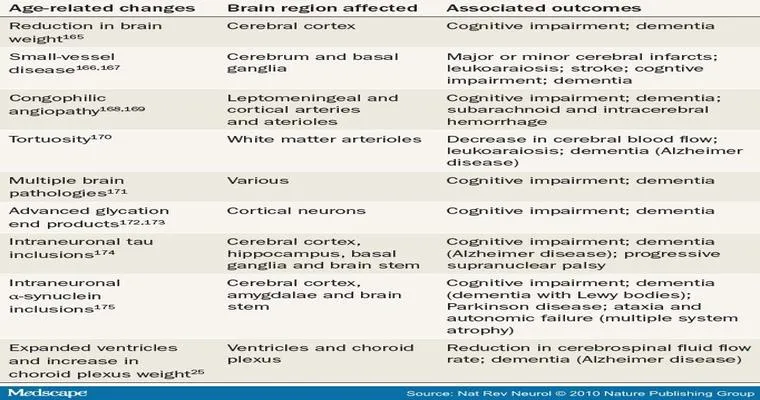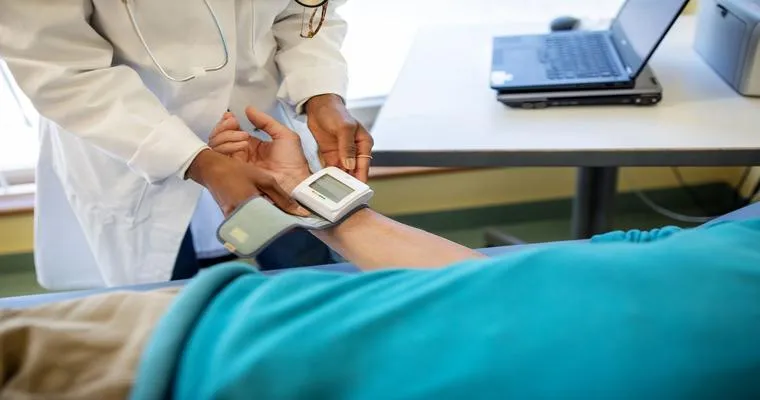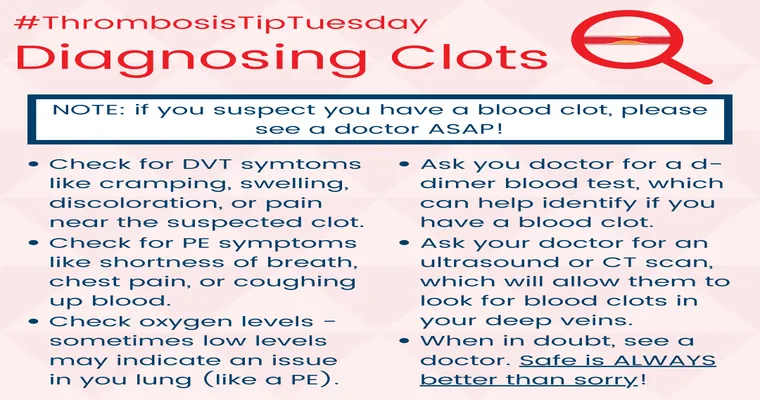"Ischemic stroke" is a critical health issue that disproportionately affects the "elderly" population. As individuals age, the risk of experiencing a stroke increases significantly due to various factors such as "high blood pressure", "diabetes", and "atherosclerosis". Understanding the causes, symptoms, and prevention strategies of ischemic stroke is essential for improving health outcomes in older adults.
An ischemic stroke occurs when a blood vessel supplying blood to the brain becomes blocked, often by a blood clot. This blockage prevents oxygen and nutrients from reaching brain cells, leading to cell death and potentially severe neurological impairment. The elderly are particularly vulnerable to ischemic strokes because aging is associated with the deterioration of blood vessels and other underlying health conditions.
One of the primary risk factors for ischemic stroke in the elderly is "hypertension" or high blood pressure. Chronic high blood pressure can damage blood vessels, making them more susceptible to blockages. Regular monitoring and management of blood pressure are crucial for older adults to lower their stroke risk. Additionally, conditions such as "atrial fibrillation", a type of irregular heartbeat, can increase the likelihood of blood clots forming in the heart and traveling to the brain.
Symptoms of ischemic stroke can vary but often include sudden onset of weakness or numbness, particularly on one side of the body, difficulty speaking or understanding speech, and loss of coordination or balance. It is vital for elderly individuals and their caregivers to recognize these warning signs and seek immediate medical attention. Timely intervention can significantly improve outcomes and may even save lives.
Preventing ischemic strokes in the elderly involves a combination of lifestyle changes and medical management. Encouraging regular physical activity, a balanced diet low in saturated fats and sugars, and maintaining a healthy weight can all contribute to reducing stroke risk. Additionally, controlling chronic conditions such as diabetes and high cholesterol through medication and lifestyle modifications is crucial.
Moreover, education about the signs of stroke can empower both the elderly and their families to act swiftly in emergencies. The acronym FAST—Face drooping, Arm weakness, Speech difficulties, and Time to call emergency services—can serve as a helpful reminder to identify stroke symptoms.
In conclusion, ischemic stroke remains a significant health concern for the elderly, but awareness and prevention strategies can mitigate its impact. By understanding the risk factors and symptoms associated with ischemic stroke, older adults and their caregivers can take proactive steps to enhance their health and well-being. Regular medical check-ups, healthy lifestyle choices, and prompt action during a stroke emergency can play crucial roles in reducing the incidence and severity of ischemic stroke in the elderly population.





